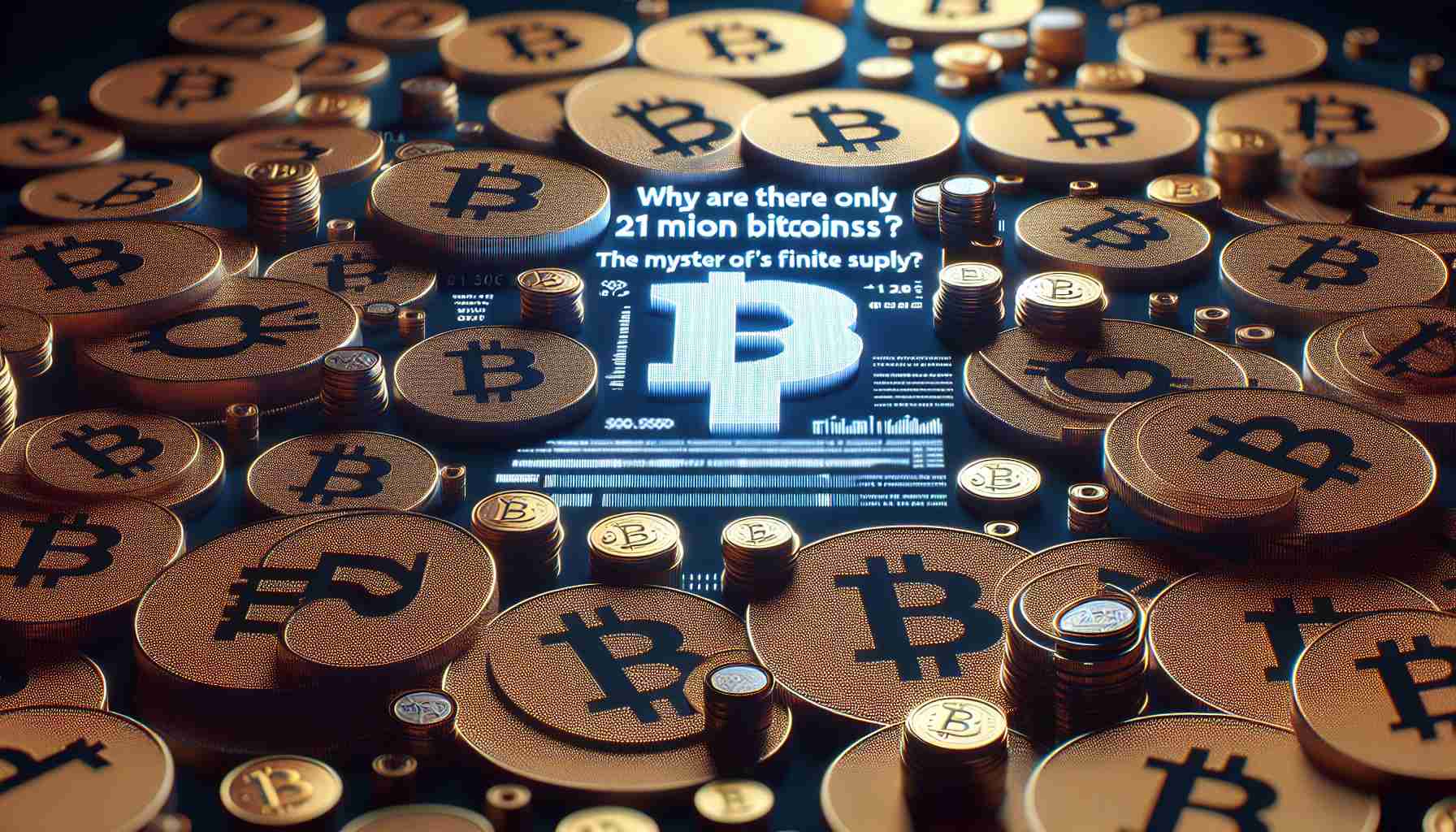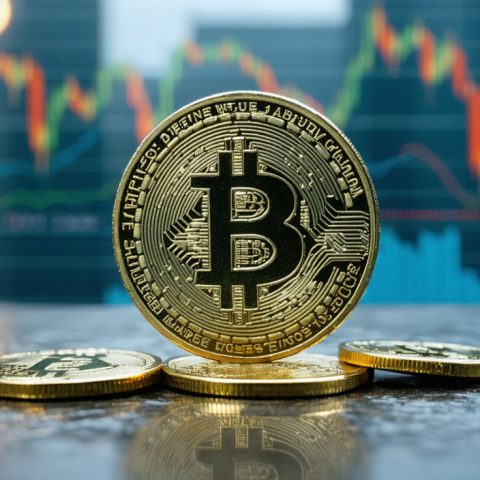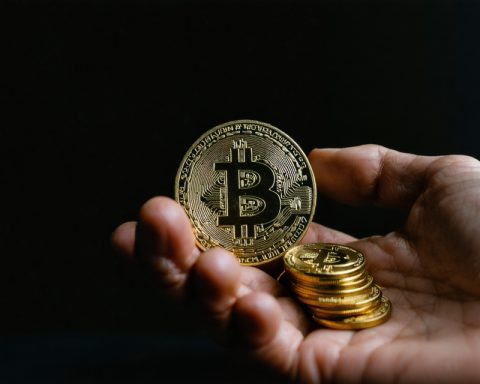The intriguing question of why Bitcoin’s supply is capped at 21 million often piques the curiosity of crypto enthusiasts and financial analysts alike. This deliberate limitation is a fundamental component of what makes Bitcoin unique.
Central to Bitcoin’s design is the principle of scarcity. Its elusive creator, Satoshi Nakamoto, established Bitcoin’s production cap to mimic the finite nature of precious resources like gold. By capping the supply at 21 million, Bitcoin aims to preserve and potentially increase its value over time, avoiding the pitfalls of traditional currencies that can suffer from inflation due to unlimited supply.
The mathematical foundation of Bitcoin’s finite supply is embedded in its code. Every ten minutes, a new block of transactions is added to the blockchain, introducing a certain number of new bitcoins into circulation, a process known as mining. The reward for mining started at 50 bitcoins per block and is halved approximately every four years, a phenomenon described as the “halving.” This systematic reduction ensures that the total number of bitcoins will never exceed 21 million, with the last coin expected to be mined around the year 2140.
Moreover, the decision for 21 million was pragmatic. Bitcoin’s divisibility – with each bitcoin being breakable into 100 million smaller units called satoshis – ensures usability even with a limited total quantity. This division ensures that Bitcoin can accommodate the vast global economic scale despite its supply constraint.
Thus, the choice of a 21 million cap is not arbitrary but a thoughtfully engineered aspect of Bitcoin’s design, ensuring scarcity, driving value, and facilitating decentralized, inflation-resistant currency.
The Secret Behind Bitcoin’s 21 Million Cap: Impact on Society and Controversial Truths
Bitcoin’s supply cap of 21 million remains a topic of fascination—and for good reasons beyond scarcity and inflation control.
Social and Economic Implications: The cap generates scarcity akin to finite resources like gold, affecting how individuals, communities, and nations view wealth and currency. As Bitcoin grows scarcer, individual ownership becomes a mark of financial acumen, driving social disparities between early adopters and later investors. This scarcity-driven value could stimulate wealth concentration, raising questions about equity and accessibility.
Environmental Concerns: The Bitcoin mining process requires significant energy consumption. With scarcity enhancing Bitcoin’s value, the incentive to mine intensifies, elevating energy demand and environmental impact. Communities hosting mining operations often experience strained local resources, highlighting a pressing need for sustainable practices.
Advantages and Disadvantages: While Bitcoin is heralded for its inflation resistance and decentralized nature, issues like market volatility persist. The fixed supply doesn’t shield Bitcoin from speculative bubbles, potentially destabilizing markets. Conversely, Bitcoin’s divisibility into satoshis enables micro-transactions, enhancing accessibility in developing economies lacking banking infrastructure.
Why 21 Million? The choice isn’t arbitrary; it’s a balance of perceived value and accessibility. A higher cap could diminish value per unit, whereas a lower cap might limit usability.
Interested? Learn more on Bitcoin or dive into blockchain platforms like Ethereum.
In an ever-evolving financial landscape, Bitcoin presents a paradigm shift, inviting debates over sustainable practices and economic inclusion while highlighting the coherent blend of digital exclusivity and global usability.












